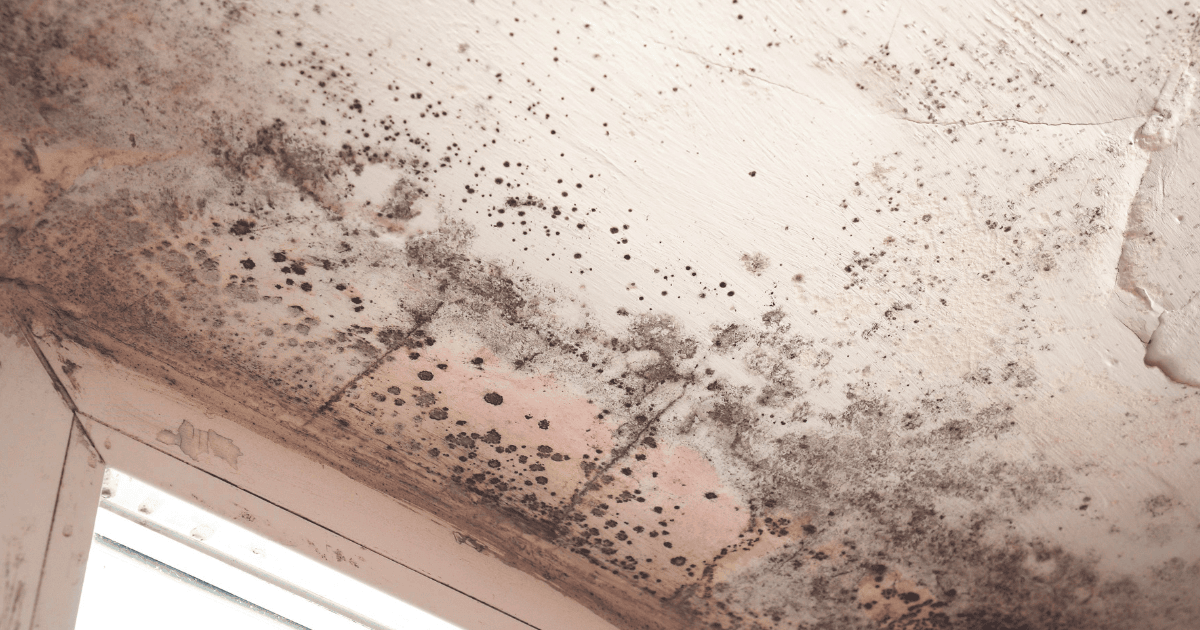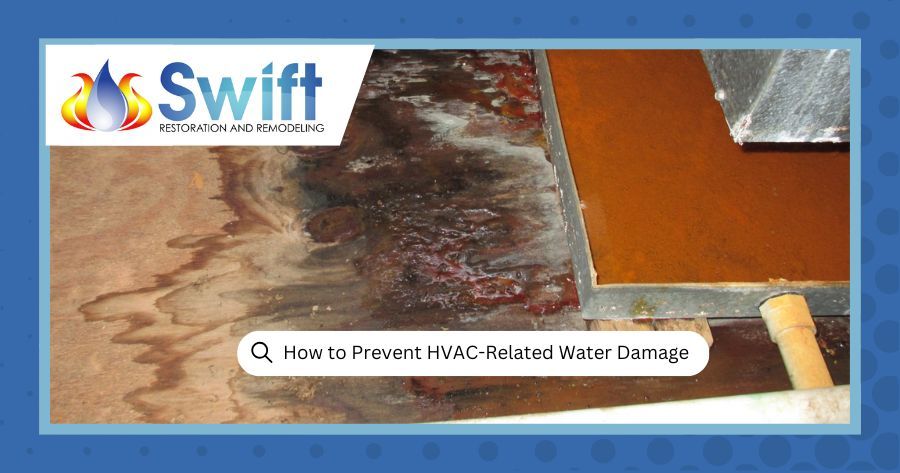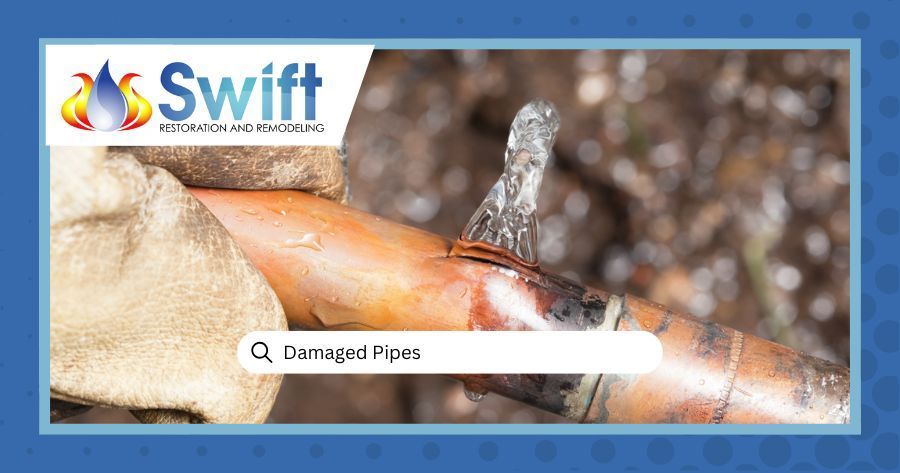
As soon as a homeowner spots mold in their home, they need a plan to remove it. However, there are many common types of household mold, and they may require different methods and cleaning solutions to remove them. In order to determine the most effective course of action, a professional mold removal company in Ogden, UT should be hired to complete an inspection.
They can use their expertise to assess the situation, but they always use third-party testing to confirm the results of their findings. Though there are more than 100,000 different types of mold, most homes will contain one of the more common species. Keep reading to learn more about the five most common types of household mold and how they can be identified.
Chaetomium
This type of mold is categorized as an allergen because it isn’t toxic, but it can trigger asthma and other allergic reactions in some people. This is one of the most common types of household mold associated with water-damaged homes. However, it can also be found outdoors. It especially thrives in soil and plant debris.
Homeowners can usually identify this type of mold by looking at it because it starts as a fuzzy white growth. Eventually, it can darken to the point where it looks like black mold, but it is much less harmful. Homeowners may notice that both types of mold are growing in the same location. This is not unusual because sufficient moisture is required for growth in both types. If you suspect black mold, it’s important to learn
how to test for black mold to confirm its presence and address the issue effectively.
Stachybotrys
Homeowners may know this type of mold better by its other moniker—black mold. As one may guess, this type of mold is classified as toxigenic, which means that it is the most dangerous of the mold categories. It can lead to serious health problems from the toxins it creates. In very serious cases, these toxins can be lethal.
There are many different species of Stachybotrys, but the
Stachybotrys chartarum and
Stachybotrys chlorohalonota are the two that most people think of. This toxic black mold is most often found indoors. It is especially prone to growth in ventilation systems with excess moisture. Since this type of mold is so dangerous and hard to access, it should only be removed by a
licensed damage restoration professional, and it should be part of an overall strategy to prevent regrowth.
Trichoderma
The Trichoderma is another popular family of mold with 89 recognized species. The Trichoderma longibrachiatum is one of the most prevalent species, and it is typically referred to as the “common house mold.”
Like the Stachybotrys, this family is classified as a toxigenic, but it can grow anywhere in a home where there is a combination of both organic matter and excess moisture. Though it is not as dangerous as black mold, it earns its classification as a toxigenic mold because it produces mycotoxins. However, they are only produced under certain conditions, so this type of mild isn’t usually a major health risk.
Alternaria
Homeowners with mold in their bathrooms and damp window sills are usually dealing with Alternaria, which is from the ascomycete genus. This type of mold especially loves to grow where condensation accumulates below windows in cold weather. It is one of the most common types of household mold in the allergenic category.
Most of the time, this mold is found in nature. It thrives best in natural ecosystems, and it can be found in areas all over the world. When humans are around it in nature, it is harmless, but it can create allergic reactions when it is confined indoors, especially if there is poor ventilation.
People who have sensitive respiratory symptoms are most prone to allergic reactions, and mold can trigger both asthma and hay fever. Someone with a weakened immune system would also be at great risk of infection from the organism.
Ulocladium
Homeowners should look out for this allergenic mold in areas that are usually wet. This includes bathroom splash zones, windows with condensation, and appliances. If a homeowner has a washing machine or dishwasher that doesn’t dry out thoroughly between uses, they may notice this mold growing inside.
It can also pop up around leaky connections. Refrigerators with built-in water dispensers are notorious for leaking, which leaves the area vulnerable to this type of mold.
Since this mold is also black in color, it’s easy to spot on drywall and carpet, but it is not nearly as dangerous as “black mold.”
Here is an expert guide on tackling mold issues in Utah homes
Request an Inspection to Check for Common Types of Household Mold
Homeowners that suspect they have any type of mold in their house should reach out to
Swift Restoration and Remodeling in Ogden, UT. They can be reached by phone 24/7 if there is a mold emergency, or customers can submit their contact information through the
online quote form to request an inspection.




